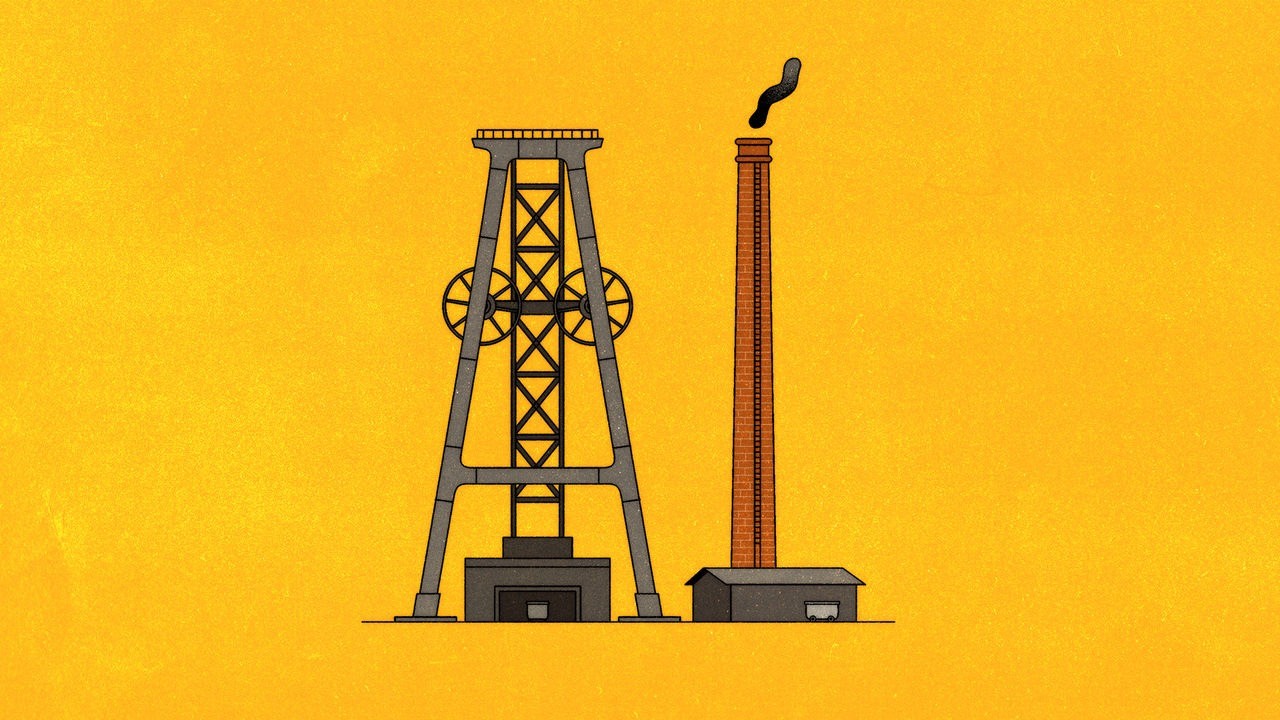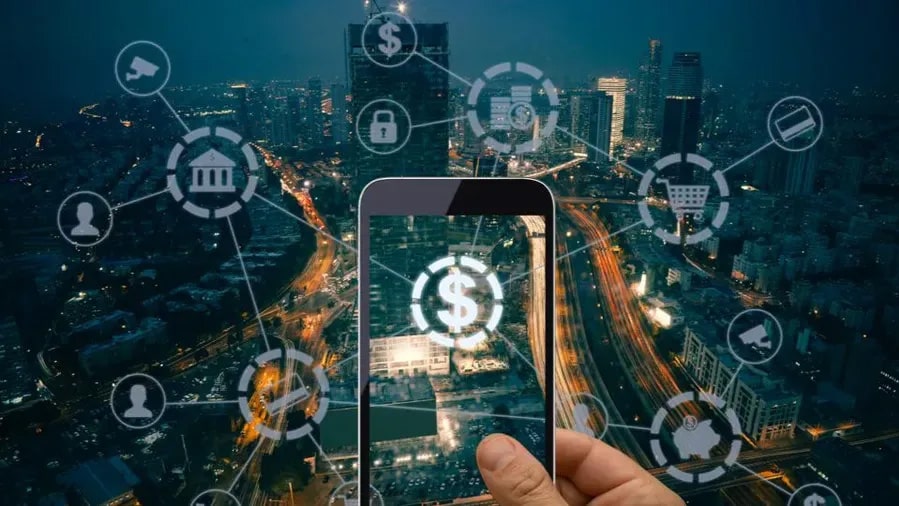Why does a $5 coffee feel like a treat, but a $5 ATM fee feels like daylight robbery?
They cost the same, yet our perception couldn’t be more different.
This is where behavioral economics comes in—a field that combines psychology and economics to explain how people actually make financial decisions. As professionals, business leaders, and consumers, understanding how we perceive and react to cost can change how we price products, design services, and make smarter decisions.
Here are six behavioral insights that challenge the traditional “rational consumer” model—and what they mean for your business or career.
1. 🧠 Mental Accounting: Not All Dollars Are Equal
We tend to group money into mental “buckets”—even though it’s all the same currency. This explains why:
- People splurge with a tax refund but are frugal with salary.
- A $50 dinner gift card feels easier to spend than $50 in cash.
Business Insight: Frame costs to match the buyer’s “mental bucket.” A gym membership may feel expensive, but calling it “less than $2/day” shifts the perception dramatically.
2. 😣 The Pain of Paying: Why Timing Matters
Paying triggers an emotional reaction. The pain is greater when:
- We pay after using something (e.g., restaurant bill).
- The transaction is highly visible (e.g., cash vs. credit card).
This is why ride-sharing apps like Uber delay the moment of payment—reducing friction and improving customer satisfaction.
Takeaway: If you’re in SaaS, hospitality, or retail—consider how and when you present cost. Subscriptions, auto-pay, and bundling can soften the impact.
3. 📉 Anchoring: First Numbers Stick
People anchor their expectations to the first number they see—even if it’s irrelevant.
For example, if a product is marked “Was $199, Now $89,” that $199 acts as a mental reference, making $89 feel like a deal.
Use Case: B2B pricing, product tiers, and “starter vs. premium” models all benefit from anchoring. Set the frame right, and the value perception follows.
4. 🧱 The Sunk Cost Fallacy: Trapped by Past Investments
How often have you kept watching a boring movie just because you paid for the ticket?
This is the sunk cost fallacy—continuing with a bad decision because of past investment.
In Business: Leaders often keep funding underperforming projects to justify earlier choices. Recognizing this bias can lead to better, more agile decision-making.
5. 🎁 Free Isn’t Free: Why “Zero” Breaks Our Logic
Nothing messes with our cost perception like the word free. Behavioral research shows we drastically overvalue “free” offers—even when they make little financial sense.
You’ve probably added an extra item to your cart just to qualify for free shipping. You’re not alone.
Strategic Tip: Free trials, freemium pricing, or “free add-ons” are powerful tools. But they must be tied to conversion goals, or you risk eroding long-term value.
6. 🏛️ Framing Costs in Public Policy and Change Management
Behavioral cost perception isn’t just for retail or tech. It’s critical in areas like:
- Carbon pricing: “Polluter pays” resonates more than “climate tax.”
- Healthcare: Emphasizing costs of inaction is more persuasive than listing benefits.
In Change Management: When leading transformation, framing time and resource investments as opportunities rather than costs can shift stakeholder mindset.
Final Thought: We’re Predictably Irrational
As professionals, we like to think we’re logical and cost-conscious. But time and again, research—and real life—shows that how costs are framed matters just as much as the number itself.
Understanding behavioral economics isn’t just for economists. It’s for anyone who:
- Sells products or services
- Designs user experiences
- Leads change or innovation
- Makes investment or budget decisions
In short, all of us.
So next time you’re pricing, pitching, or purchasing, ask yourself—not just what is the cost, but how will it be perceived?
That’s where the real leverage lies.




